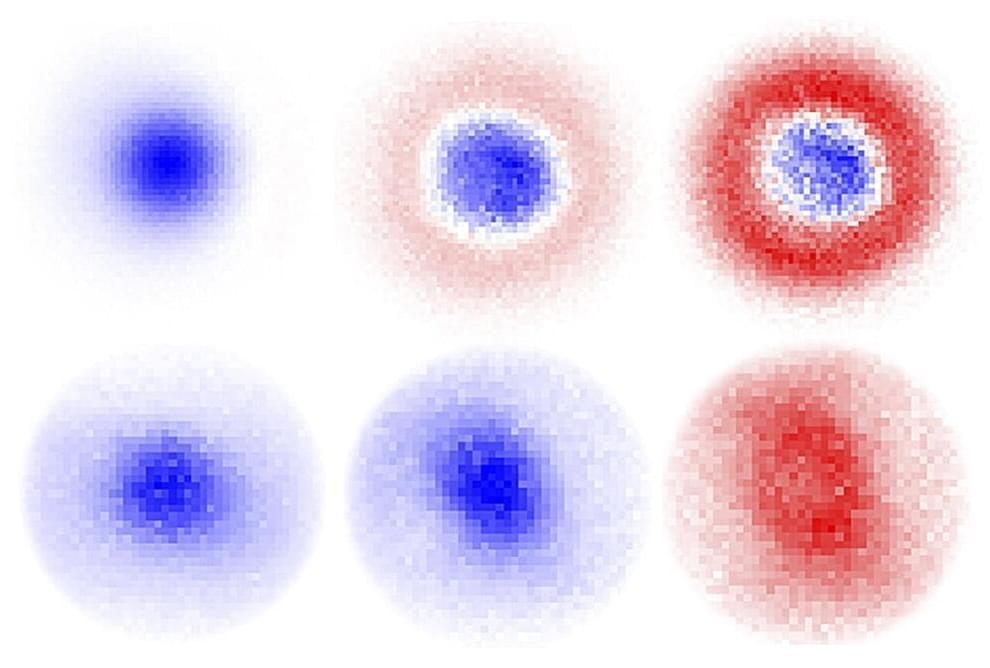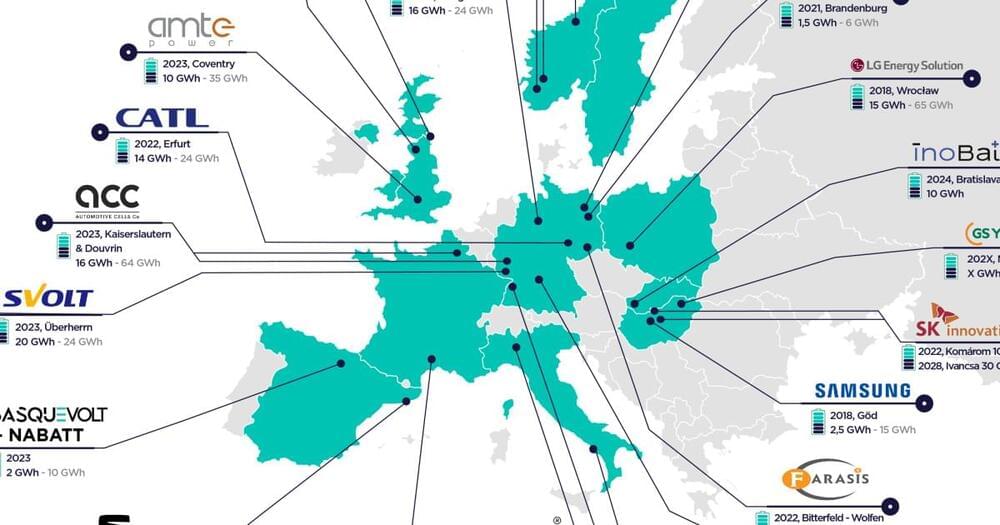Save the date for Free the Pill’s 6th annual Free the Pill Day on May 9—the same day that the first birth control pill was approved by the US FDA back in 1960!
This year’s Free the Pill Day will be the first one with an OTC birth control pill on the shelf! On May 9, we invite you to join us on social media throughout the day to celebrate Opill on the shelf, spread evidence-based information about Opill and how to get it, and highlight the need for continued work to support equitable access—including advocating for full insurance coverage, low and no-cost options, and availability in stores and online without barriers.







